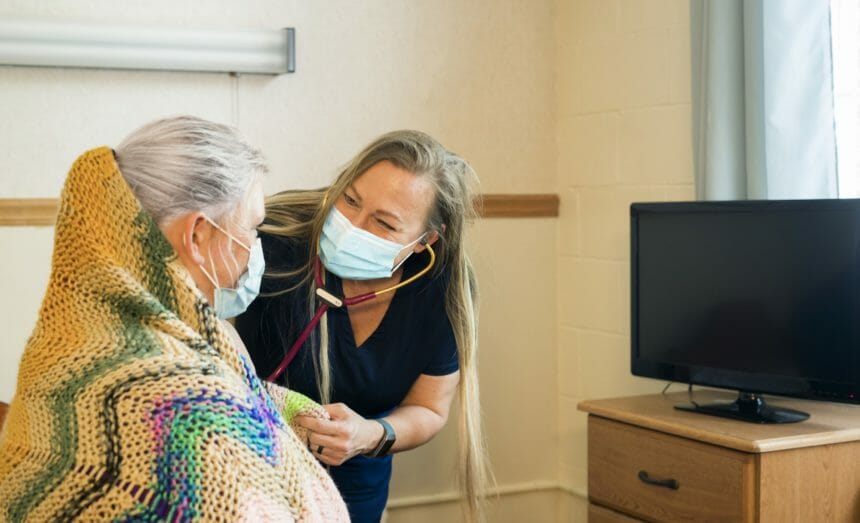
Long-term care facilities everywhere are struggling with the dire effects of the nursing shortage.
According to the U.S. Bureau of Labor Statistics, healthcare employment showed little change in June even as some industries show signs of rebound from the pandemic. Reported employment in nursing homes and residential facilities is still down from early 2020.
The U.S. population continues to age, and nursing school enrollment is not keeping pace with projected demand. Even though enrollment is starting to increase again, it is not keeping pace with the projected increase in need. The rate of retirement for nurses is growing rapidly, as over half of the RN workforce is currently more than 50 years old, according to the American Association of Colleges of Nursing.
In western Pennsylvania alone, care facilities are down by 1,100 workers since May 2020, according to government data.
Some facilities are paying as much as $50 an hour to attract non-licensed caregivers, Margie Zelenak, executive director of the Pennsylvania Assisted Living Association, told the Pittsburgh Tribune-Review. She said she knew of at least two facilities that were closing in recent weeks.
“It is a problem, and it is going to increase as our senior population continues to increase,” Zelenak told the newspaper.
Alaska faced a shortage of nurses well before the pandemic, and the problem has grown worse. The state gets most of its caregivers from the Lower 48, according to the Anchorage Daily News. Many workers left for more competitive pay over the past year and a half.Across the country, major cities tend to perpetually need more nurses, according to the Nursing Journal. Washington, D.C., Dallas, Los Angeles, Houston and New York City have the lowest local concentrations of nurse employment versus national nurse employment. Mid-sized cities have the highest location quotients of local nurse employment to national nurse employment.


